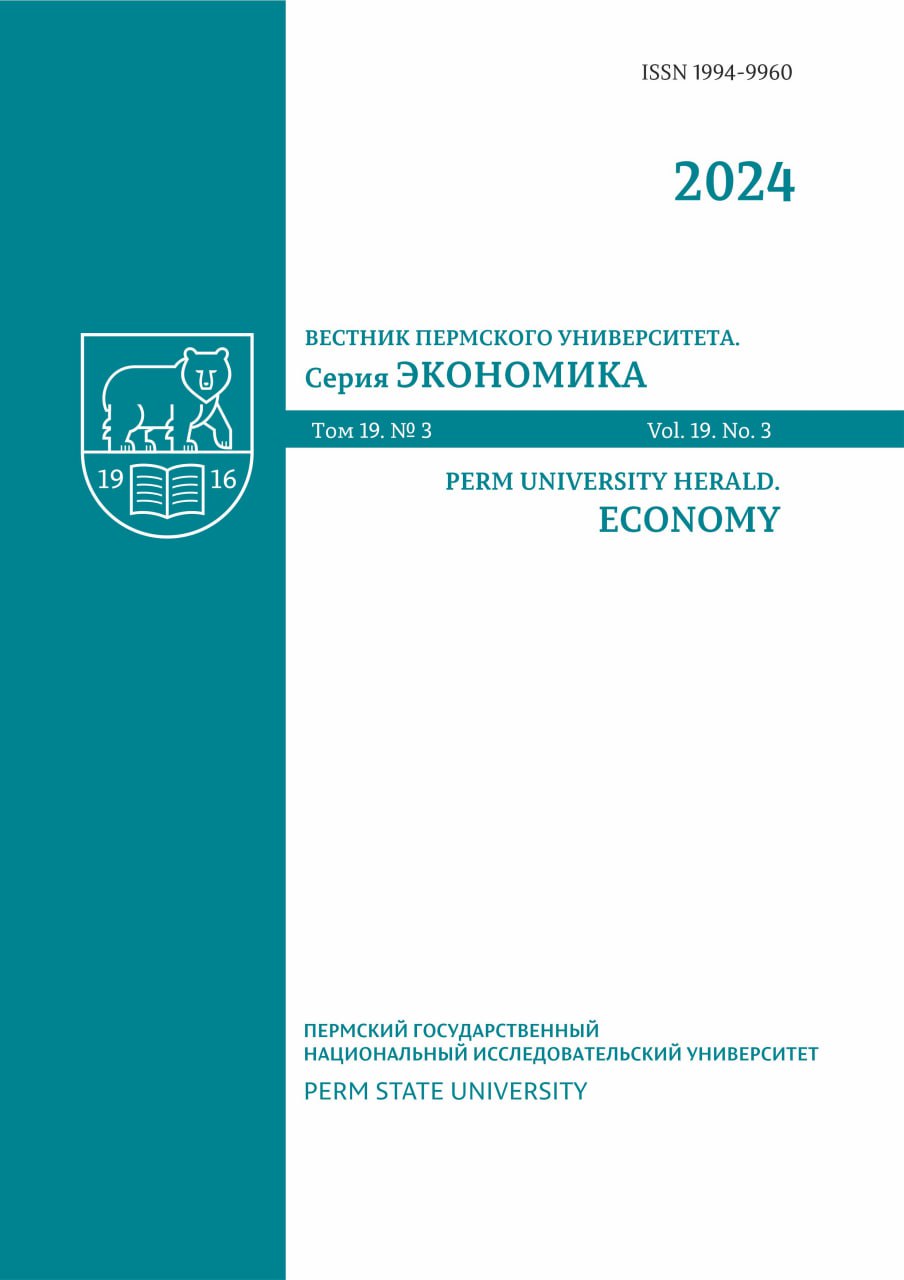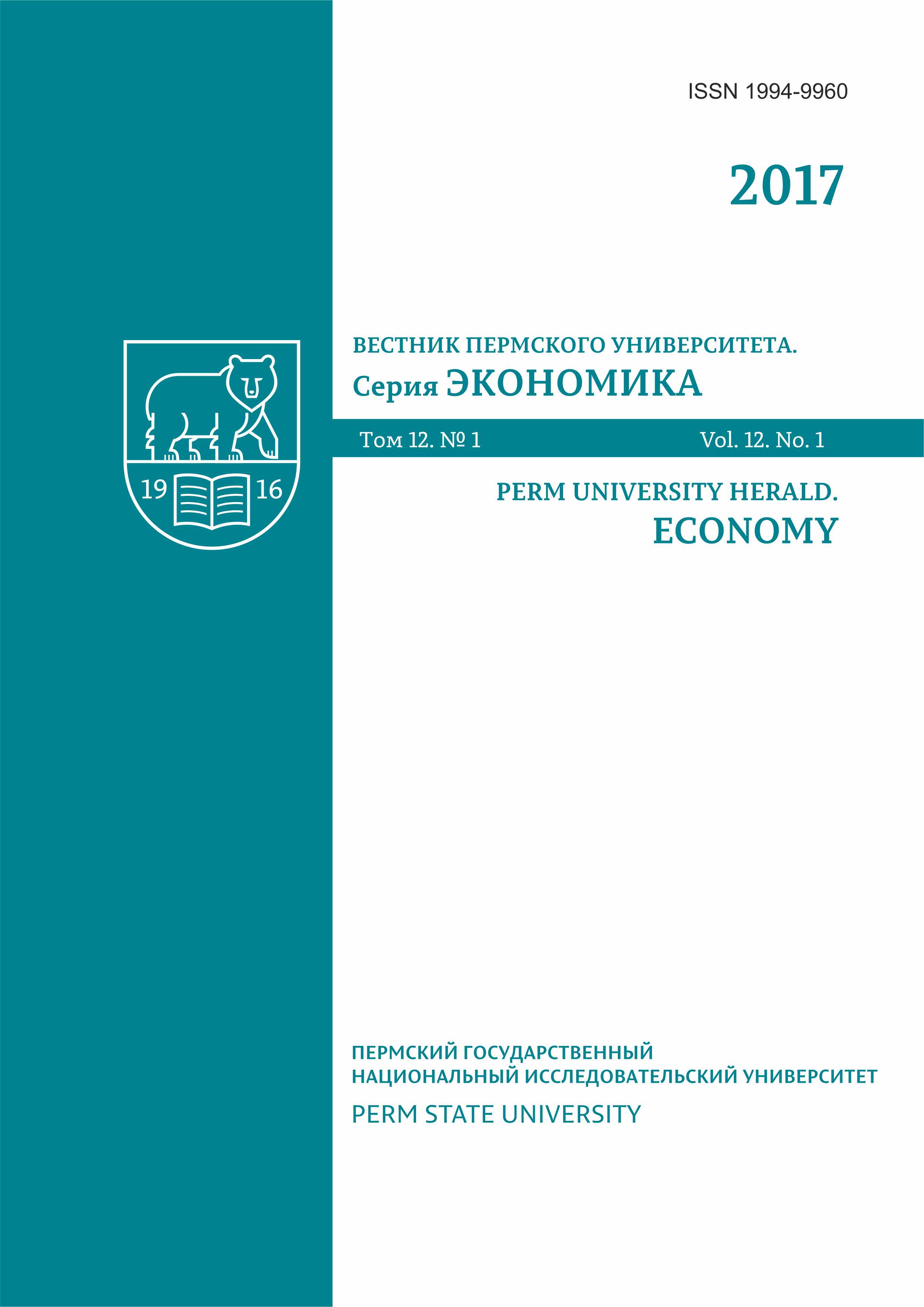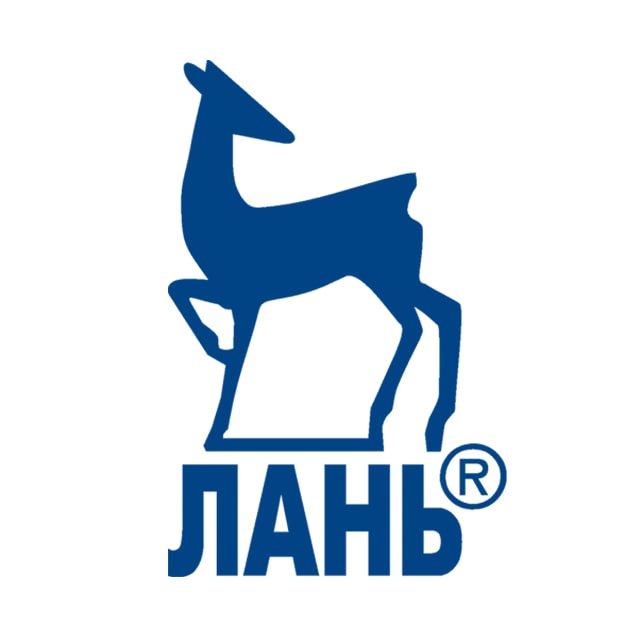Статистический анализ временных характеристик локальных конфликтов и военных расходов (на примере России и США)
DOI:
https://doi.org/10.17072/1994-9960-2017-1-78-90Аннотация
На основе статистического анализа подавляющего большинства военных конфликтов ХХ и ХХI вв. (до конца 2016 г.) составлено распределение их длительности, рассчитаны средняя и медианная продолжительности конфликта и построен прогноз количества новых конфликтов в будущем. Обоснована непредсказуемость длительности военных конфликтов и нецелесообразность точного их прогнозирования. Определена доля периодов, на которые пришлись военные конфликты в истории СССР и России в течение ХХ–ХХI вв. Проанализирована динамика изменения темпов роста военных расходов и их доли в ВВП США и России. Обнаружено замедление темпов роста ВВП, связанное с участием в вооруженных конфликтах, выявлена тенденция к росту затрат на финансирование военных действий. С использованием авторегрессионных и трендовых моделей построены прогнозы абсолютных значений и темпов роста ВВП и военных расходов России и США. Предложена концепция создания особого военного фонда для аккумулирования ресурсов с целью страхования страны от различных рисков в текущих и будущих военных кампаниях. Проанализирована структура затрат на военные кампании. На примере США приведены примеры высокой стоимости участия страны в военных конфликтах и полномасштабных войнах. Исследовано влияние военных расходов на экономический рост в стране на основе критики эффекта «разбитых окон». Рассмотрены положительные эффекты влияния увеличения военных расходов на социально-экономическое развитие страны в целом в виде укрепления общественной безопасности и трансферта военных разработок в гражданский сектор. Обоснована необходимость сбалансированного управления динамикой роста ВВП за счет увеличения военных расходов. Перспективы будущих исследований связаны с определением размера и скорости пополнения специального военного фонда.
Ключевые словавоенный конфликт, расходы, длительность, модель, авторегрессия, ресурсы, прогноз, экономический рост, ВВП, фонд, ожидаемая продолжительность, теория разбитых окон
Для цитированияСимонов П.М., Прудский М.В. Статистический анализ временных характеристик локальных конфликтов и военных расходов (на примере России и США) // Вестник Пермского университета. Сер. «Экономика». 2017. Том 12. № 1. С. 78–90. DOI 10.17072/1994-9960-2017-1-78-90
Список литературы1. Россия и СССР в войнах ХХ века: потери вооружённых сил / под ред. Г.Ф. Кривошеева. М.: ОЛМА-ПРЕСС, 2001. 608 с.
2. Джонс С.Дж. Война США в Афганистане. На кладбище империй. Благовещенск: ЭКСМО, 2013. 480 с.
3. Салпагарова М.И. Война в Ираке (2003–2010 гг.) и ее последствия в оценках Фрэнсиса Фукуямы // Научные проблемы гуманитарных исследований. 2011. № 11. С. 62–69.
4. Шишов А. В. Военные конфликты XX века. От Южной Африки до Чечни. М.: Вече, 2006. 576 с.
5. Саврыга К.П. Украинский кризис и международное право: конфликт на востоке Украины и сецессия Крыма // Право и политика. 2015. № 7. C. 954–967.
6. Art R.J. A defensible defense: America's grand strategy after the cold War // International Security. 1991. Vol. 15, № 4. P. 5–53.
7. Абашин С., Бушков В. Ферганская долина: этничность, этнические процессы, этнические конфликты. М.: Наука, 2004. 224 с. (Антология).
8. Aizenman J., Glick R. Military expenditures, threats, and growth // Journal of International Trade and Economic Development. 2006. Vol. 15 (2). P. 129–155.
9. Цветкова В.Ф. «Цена» чеченского конфликта (по материалам отечественной периодической печати) // Известия РГПУ им. А.И. Герцена. 2008. № 66. С. 252–261.
10. Последняя война российской империи: Россия, мир накануне, в ходе и после Первой мировой войны по документам российских и зарубежных архивов: материалы междунар. науч. конференции 7–8 сентября 2004 г. М.: Наука, 2006. 388 с.
11. Вознесенский Н.А. Военная экономика СССР в период Отечественной войны. М.: Госполитиздат, 1947. 192 с.
12. Braithwaite R.Q. Afgantsy: the Russians in Afghanistan, 1979–1989. N. Y.: Oxford University Press, 2011. 417 p.
13. Киселёв В., Письменский Г., Попов В. Тенденции и возможности. Некоторые формы и способы ведения боевых действий в Сирии // Армейский сборник. 2016. Т. 260, № 02. С. 3–7.
14. Малков С.Ю., Чернавский Д.С., Коссе Ю.В. и др. Влияние военных расходов на экономику: сколько платить за военную безопасность? // Сценарий и перспектива развития России / под ред. В.А. Садовничего. М.: ЛЕНАНД, 2011. С. 288–304.
15. Хорев В.П., Горева О.Е. Состояние и тенденции развития финансово-экономического блока вооружённых сил Российской Федерации // Армия и общество. 2013. № 3 (35). С. 65–71.
16. Макинерни Д. США. История страны / пер. с англ. Т. Мининой. М.: Эксмо; СПб.: Мидгард, 2009. 263 c.
17. Малышева Е.М. Мировые войны и локальные военные конфликты в истории: последствия, уроки // Вестник Адыгейского государственного университета. 2005. № 1. С. 69–78.
18. Keizer K., Lindenberg S., Steg L. The spreading of disorder // Science. 2008. Vol. 322, № 5908. P. 1681–1685.
19. Куковский А.А. Механизм обеспечения национальной безопасности // Вестник ЮУрГУ. Серия: Право. 2010. № 38 (214). С. 9–11.
20. Куковский А.А. Государство как основной субъект обеспечения национальной безопасности: механизм реализации // Вестник ЮУрГУ. Серия: Право. 2012. № 29. С. 16–21.
21. Талеб Н.Н. Антихрупкость. Как извлечь выгоду из хаоса / пер. с англ. Н. Караева. М.: КоЛибри, Азбука-Аттикус, 2014. 768 с.
Загрузки
Опубликован
Выпуск
Раздел
Лицензия

Это произведение доступно по лицензии Creative Commons «Attribution» («Атрибуция») 4.0 Всемирная.










